The Spartan Bronze Helmet
of Son Ki-Jung
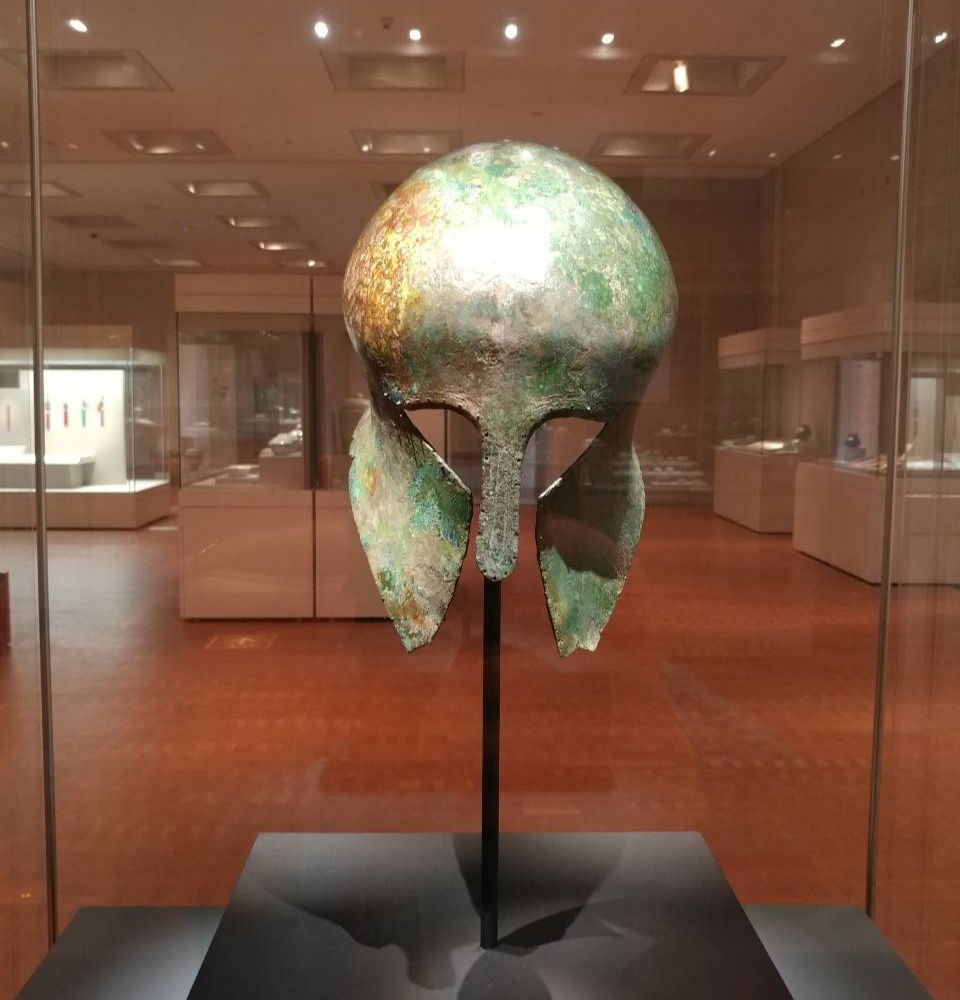 A Spartan bronze helmet of Son Ki-Jung on exhibition at the National Museum of Korea, Seoul
A Spartan bronze helmet of Son Ki-Jung on exhibition at the National Museum of Korea, SeoulSpartan Bronze Helmet of Son Ki-Jung
A Greek bronze helmet took me by surprise when I was surveying around the donations gallery at Korea National Museum today. Yes, I know it is confusing, so I checked out to satisfy and answer my question.
It is indeed a Greek warrior's helmet. The description below the helmet says it was unearthed by archaeologists in Greece early in the 20th century.
The reason why it came to Korea is that it was part of the trophies that were given to a Korean marathon winner during the Berlin Olympic in 1937.
That marathon winner's name is Son Ki-Jung (or Sohn Kee-chung). He donated it to the Museum for all to see. It's a long story before it arrived and exhibited at the National Museum of Korea. Below is the story related to this article.
Spartans' Corinthian Helmet
 Spartan Bronze Helmet (not in NMK)
Spartan Bronze Helmet (not in NMK)The Spartan warriors primarily wore a type of helmet known as the Corinthian helmet. I did a bit of searching and found something about the origins of the iconic Spartan fighters' bronze helmets. Here are some key details about it...
Origin and Design
The Corinthian helmet originated in ancient Greece and took its name from the city-state of Corinth. It was made of bronze and, in its later styles, covered the entire head and neck.
The helmet had slits for the eyes and mouth, providing protection while allowing visibility and ventilation.
Material and Durability
The Spartan helmet, like other Greek helmets, was made of bronze—a durable alloy of copper and tin. Bronze was favored for its ability to withstand the harsh conditions of war.
 Spartan Bronze Helmet, probably that of a commander (not in NMK)
Spartan Bronze Helmet, probably that of a commander (not in NMK)Craftsmanship
Skilled craftsmen were required to create the intricate details on the helmet. The manufacturing process involved specialized techniques to shape and decorate the bronze.
During the Hellenistic period, the Corinthian helmet was gradually replaced by the Pilos-style helmet. The Pilos-style helmet was simpler and lighter, making it more practical for combat.
In short, the Spartan helmet (Corinthian helmet) was a bronze headpiece that provided essential protection for Spartan warriors during battles and wars.
How Did Son Get It
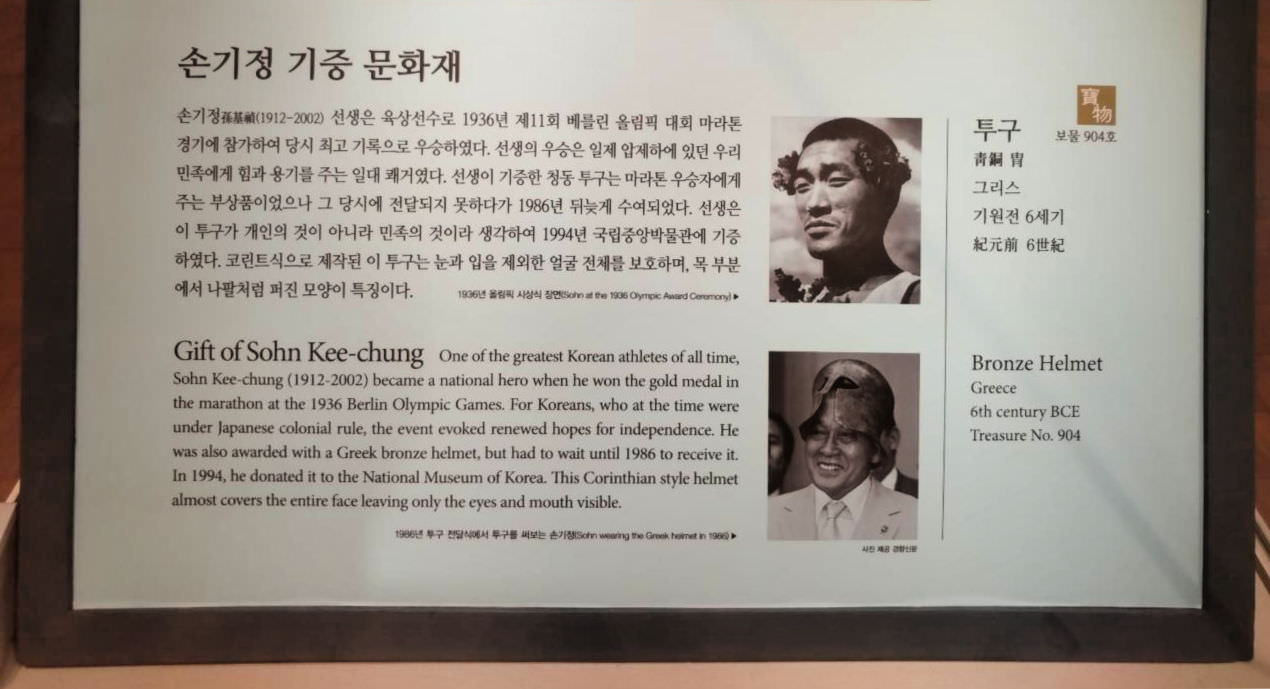 Descriptions of the Greek Bronze Helmet with photos of Sohn Kee-chung
Descriptions of the Greek Bronze Helmet with photos of Sohn Kee-chungThis ancient bronze helmet was given to Sohn Kee-chung by a Greek newspaper company for having won the Olympic Marathon in Berlin. It is now designated as a treasure and is considered the third foreign treasure given to South Korea.
Fortunately, we can personally see the Spartan bronze helmet of Son Ki-Jung, and thanks to his generousity. (I was totally stunned when I saw it. I thought that I could only see it in the movies - "100")
Sohn donated it in 1994 and is being exhibited on the second floor of the National Museum of Korea in Seoul.
Son Ki-jung (or Sohn Kee-chung) waited for many years before he finally received that reward.
The Helmet's Story
According to the International Olympic Committee, amateur winners are not rewarded with other awards except for the medal. As a colony that time under Japan, there seemed to be no pressure in taking it and giving to Son.
Sources say that Son Ki-jung did not even know that he was rewarded with a Greek bronze helmet. So must be very surprised learning that he received such a very rare reward!
The helmet was in an exhibition in Berlin at Charlottenburg Museum until it was finally handed over to Sohn Kee-chung in 1986. That year was the 50th Anniversary of the Berlin Olympic Games.
According to research, the bronze helmet was made in Corinthian style some time in the 8th century BCE. It is not a replica but an original head armor worn by one of the Greek warriors. It was discovered during an excavation near the temple of Zeus and was kept since 1875.
 A helmet with more intricate design (not in NMK)
A helmet with more intricate design (not in NMK)During the Paris Olympics in 1900, it was a practice to give an ancient Greek artifact to a marathon winner. This practice went on but discontinued during the outbreak of the Second World War.
Therefore, although there was a decision to give the helmet to Sohn Kee-chung, the abolishment of the practice was implemented right before the Berlin Olympics, which probably explains why he received it after many years later – fortunately so!
In case you are interested to see it, just visit the Museum and be open to spending your time exploring the treasures of the building.
How to find and see this Greek warrior's helmet...
You have to visit the National Museum of Korea (NMK) in Seoul. Click that link, and you'll find the guide on getting there.
The Museum is enormous. So, if you want to explore and see its exhibits, ensure that at least you have a day to check them out!
I hope you enjoy your visit and travels to Korea.
- Home
- Museums & Galleries
- Spartan Bronze Helmet
Get Exciting Activities
Book one of our exciting activities today to experience the thrill of a lifetime! Take advantage of this opportunity and secure your spot in advance.
Hotel Map Guide
Find your affordable, accessible, and comfortable hotel in Seoul at Agoda.Com. See the hotel map below...
Hotel Booking Guide
Find affordable and amazing hotels on Agoda.com using the search box below. Book now to enjoy great discounts and save!
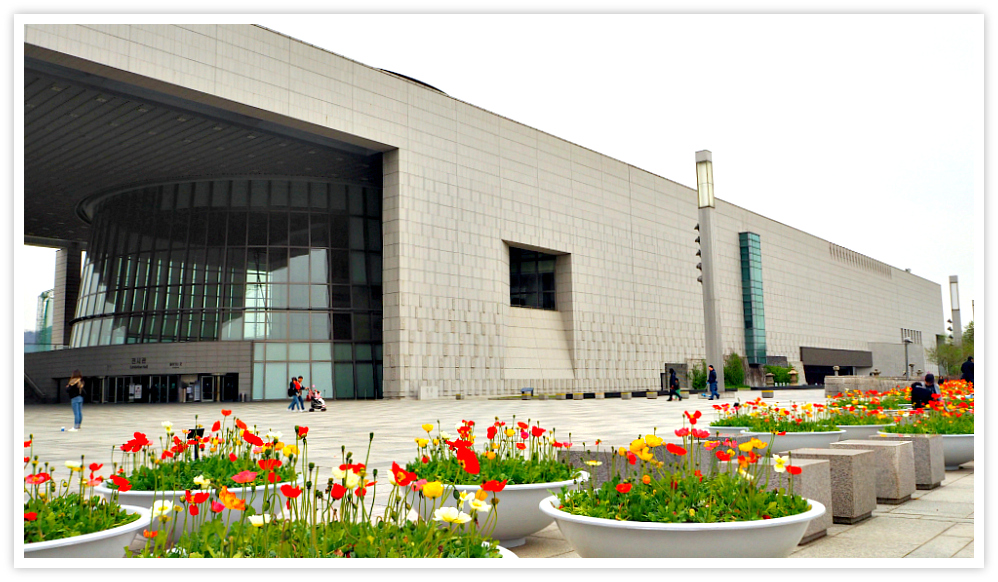
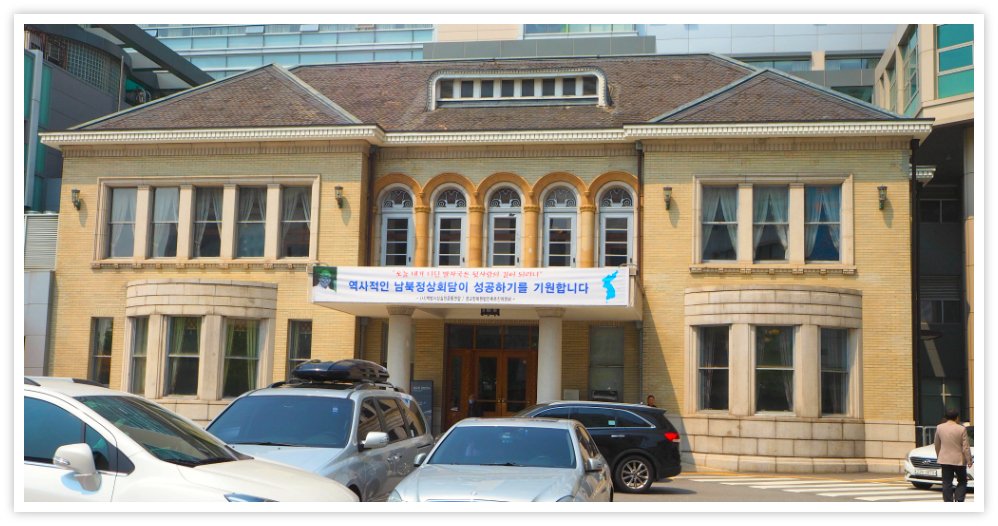
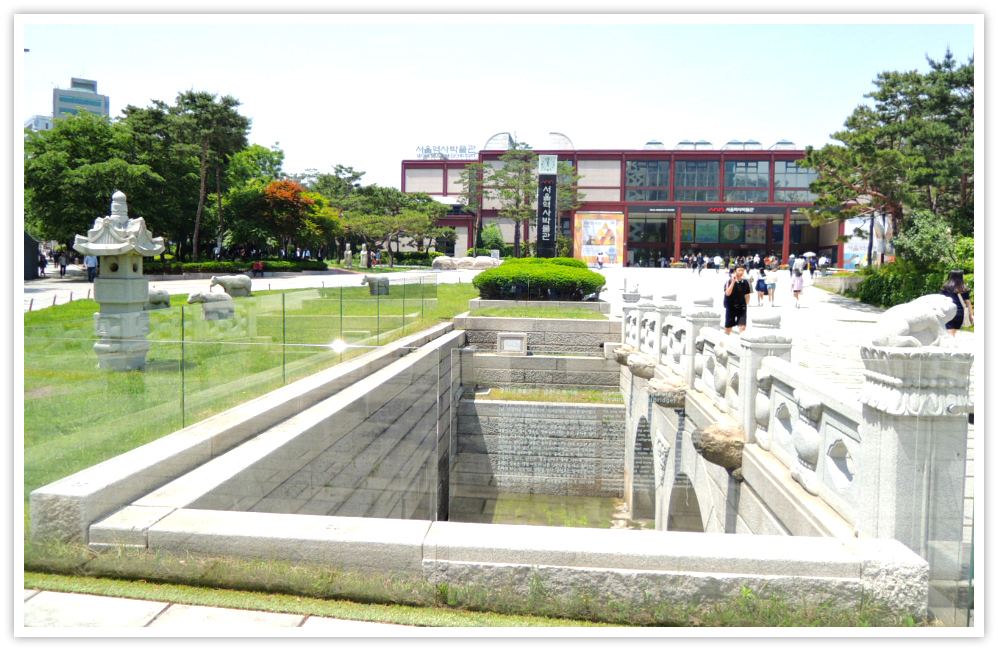




New! Comments
What do you think about this page? Leave me a comment in the box below.